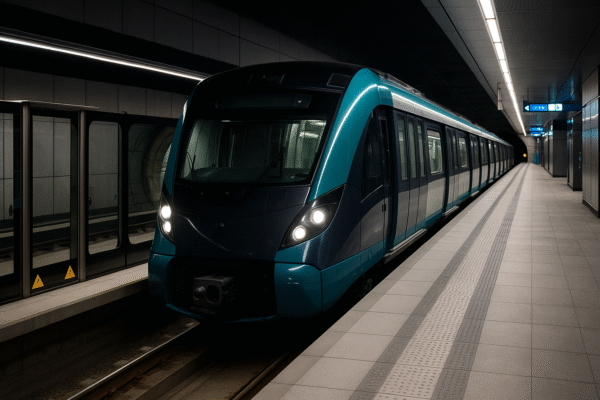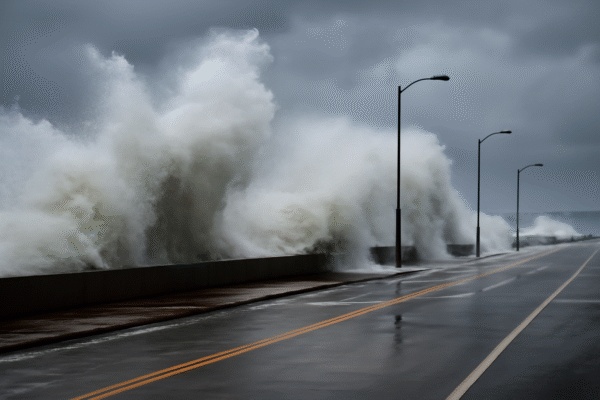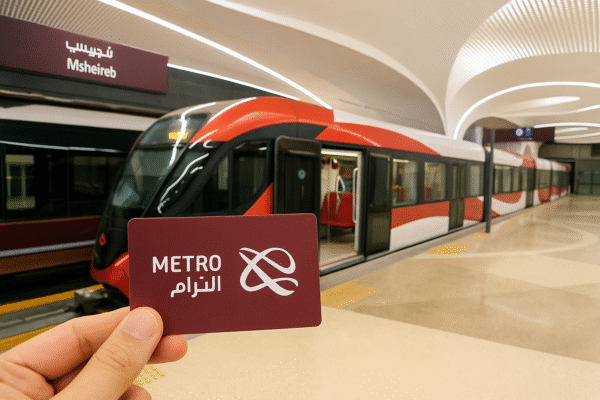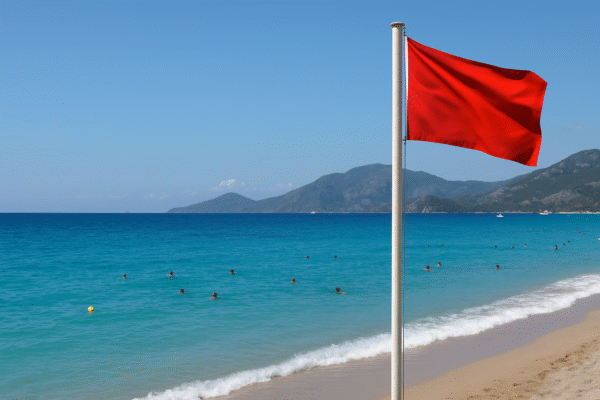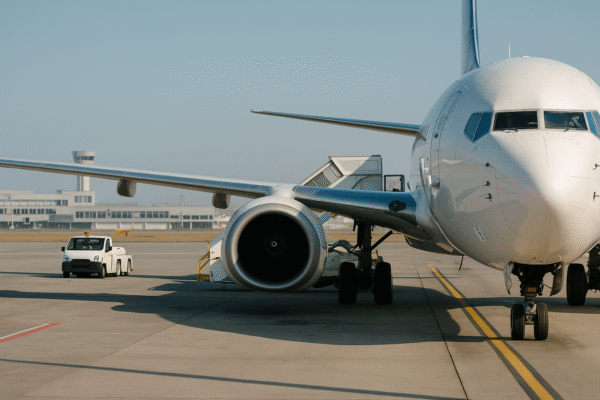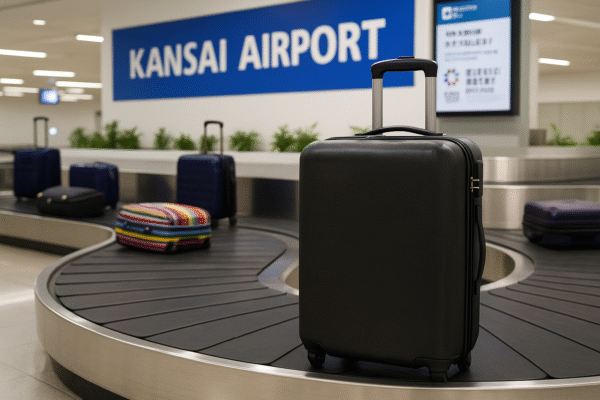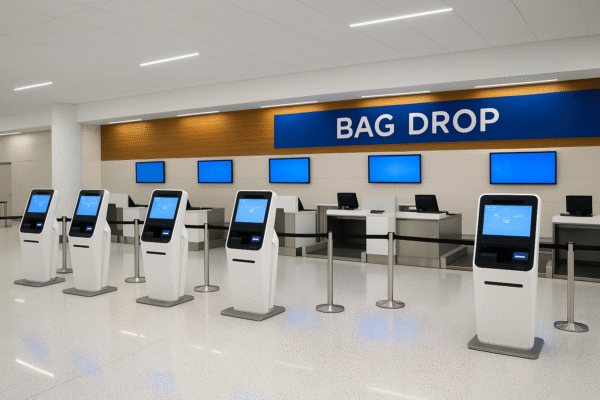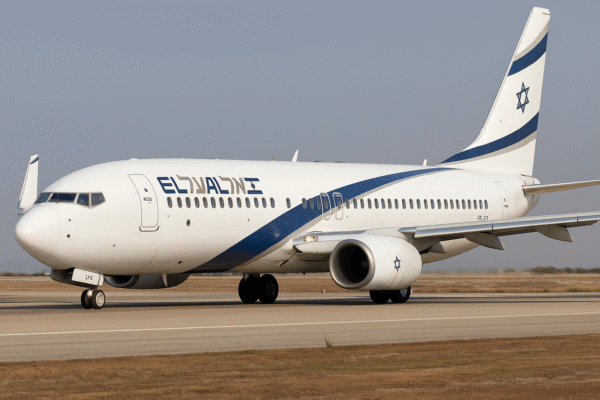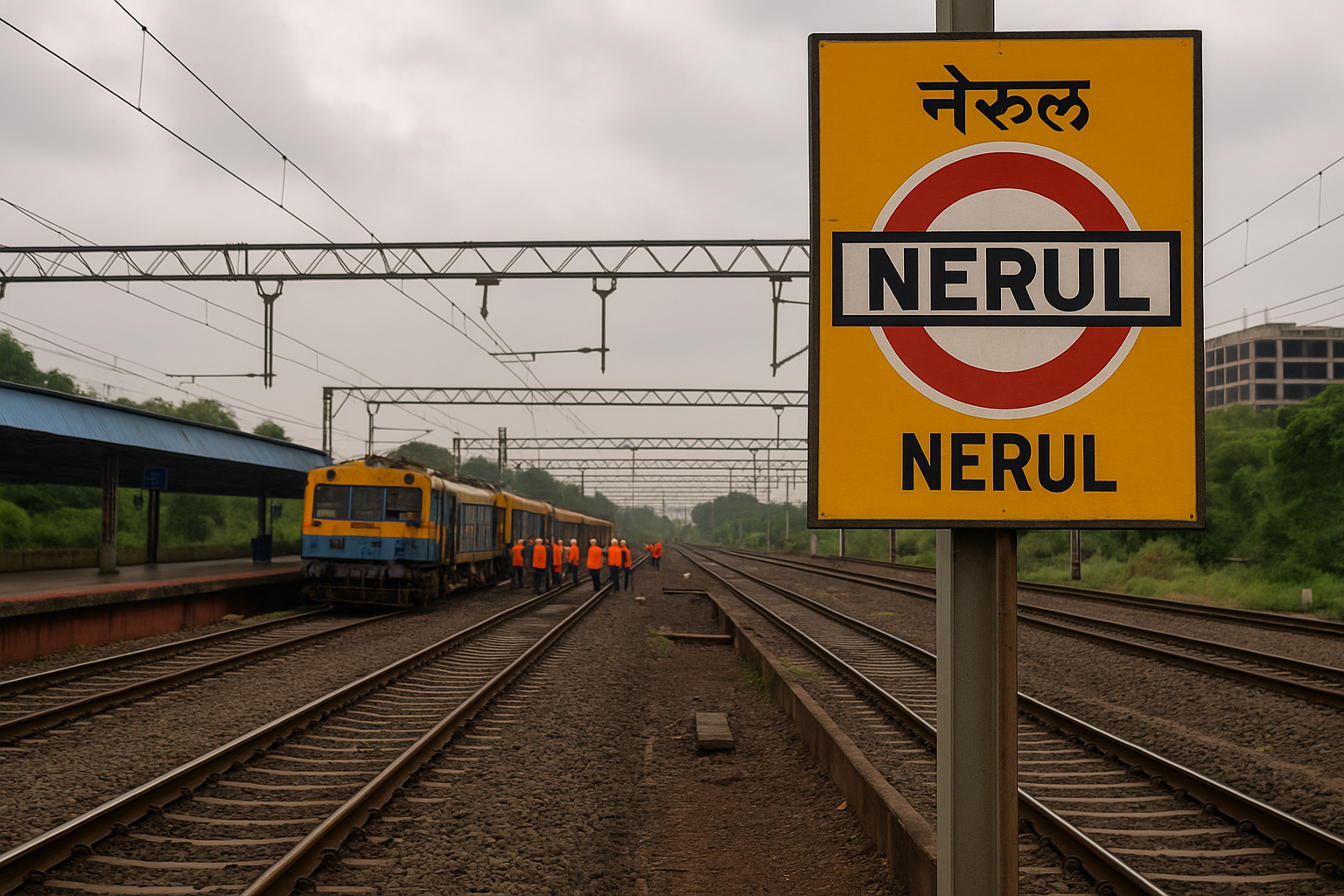Mumbai Harbour Line Resumes After 13-Hour Disruption Caused by Nerul Derailment During Monsoon Maintenance
Mumbai, India – July 7, 2025 — In a significant setback to Mumbai’s suburban railway network, services on the Harbour Line were suspended for over 13 hours on Sunday evening following the derailment of a track relaying train (TRT) near Nerul station. The disruption left thousands of daily commuters stranded across major stations, including Vashi, Panvel, Nerul, and Belapur, during peak evening hours. Services were successfully restored by early Monday morning, thanks to overnight efforts by Central Railway teams working under adverse weather conditions.
Incident Overview: Derailment Near Nerul
The incident took place around 4:20 p.m. between Seawoods Darave and Nerul, when the TRT was returning to its base after completing scheduled track maintenance. Originally labeled a “technical fault,” officials later confirmed that the track maintenance machine itself had derailed. This equipment plays a crucial role in maintaining the track’s structural integrity, making the disruption both operationally and symbolically significant.
According to Central Railway authorities, no casualties were reported. However, the incident exposed critical vulnerabilities in Mumbai’s rail infrastructure, particularly during the monsoon season when the network operates under heightened risk of weather-related complications.
Commuter Impact: Stranded Amid Heavy Rain
The derailment brought Harbour Line services between Vashi and Panvel to a halt in both directions. Given that the Harbour Line transports over one million commuters daily, the sudden suspension during evening rush hour caused a cascade of disruption. Platforms overflowed, and road transport options—already burdened by monsoon conditions—became overcrowded.
“I waited nearly two hours for an update at Nerul station before taking a bus, which was packed beyond capacity,” said Pranav Desai, a daily commuter from Belapur.
Adding to the challenge was the continuous rainfall over Navi Mumbai, which delayed the mobilization of emergency rail equipment and complicated restoration efforts.
Swift Emergency Response Amid Monsoon Chaos
Central Railway deployed an accident relief train by 5:30 p.m., and technical teams worked through the night in waterlogged conditions to remove the derailed maintenance train and conduct safety inspections. Their priority was to ensure the affected tracks could safely support high-frequency local services.
The first train from Chhatrapati Shivaji Maharaj Terminus (CSMT) to Panvel resumed service at 5:06 a.m. on Monday. The Panvel to CSMT train followed at 6:02 a.m., and the Vashi–Belapur link was restored by 6:09 a.m. Partial disruptions lingered on the Thane–Panvel and Belapur–Panvel routes for several more hours.
Despite the full reopening of services, commuters continued to face overcrowding throughout Monday morning as residual traffic from the previous evening filtered through the system.
Railway Officials Promise Internal Inquiry
Central Railway confirmed that an internal inquiry has been initiated to determine the root cause of the derailment. Officials have committed to reviewing maintenance protocols, particularly those used during monsoon season operations.
“This derailment occurred during a scheduled block with a train meant for safety. It highlights how essential it is to not only schedule maintenance, but to have redundancy and real-time monitoring of equipment,” a senior railway engineer stated on condition of anonymity.
Railway officials are expected to file a preliminary report by the end of the week. Additionally, the Ministry of Railways has directed zonal heads to enhance safety drills and preparedness across other monsoon-sensitive routes.
Highlighting Mumbai’s Rail Vulnerabilities
The incident underscores the need for better emergency preparedness and weather-resilient infrastructure in India’s busiest rail city. According to data from the Indian Ministry of Railways, Mumbai’s suburban rail system accounts for nearly 80 lakh (8 million) daily trips, making any disruption particularly consequential.
The Harbour Line, one of three major suburban corridors operated by Central Railway, connects South Mumbai to Navi Mumbai and the eastern suburbs. With peak-hour traffic straining capacity even under normal conditions, derailments and unscheduled halts have exponential impacts.
In recent years, Central Railway has made efforts to upgrade track monitoring systems, deploy real-time sensors, and digitize maintenance protocols. However, Sunday’s incident indicates that more robust intervention—possibly including AI-based predictive maintenance and better drainage infrastructure—is urgently required.
Monsoon Travel Advisory for Harbour Line Commuters
As part of its seasonal communication, Central Railway advises commuters to monitor real-time updates via the official CR website or the “UTS on Mobile” app for updates on schedule changes due to weather-related issues or Sunday maintenance blocks.
The latest Harbour Line timetable is as follows:
| Route | First Train | Last Train | Frequency |
|---|---|---|---|
| CSMT to Panvel | 05:06 AM | 11:59 PM | Every 15-20 mins |
| Panvel to CSMT | 06:02 AM | 11:30 PM | Every 15-20 mins |
| Vashi to Belapur | 05:15 AM | 11:45 PM | Every 10-15 mins |
| Belapur to Vashi | 06:05 AM | 11:40 PM | Every 10-15 mins |
| Thane to Nerul | 05:20 AM | 11:50 PM | Every 15 mins |
| Nerul to Thane | 06:00 AM | 11:30 PM | Every 15 mins |
Note: Delays are possible during heavy rainfall, and mega blocks occur every Sunday for routine maintenance. Commuters are encouraged to plan accordingly.
Final Note: A Call for Resilience and Safety
While the swift restoration of Harbour Line services was widely appreciated, the Nerul derailment serves as a wake-up call. Mumbai’s railways are its lifeline, and the city’s resilience during monsoon season will depend heavily on proactive infrastructure upgrades, improved weather response mechanisms, and public communication.
The challenge ahead lies in not just fixing today’s problems—but future-proofing one of the world’s most vital commuter networks.
For more travel news like this, keep reading Global Travel Wire

